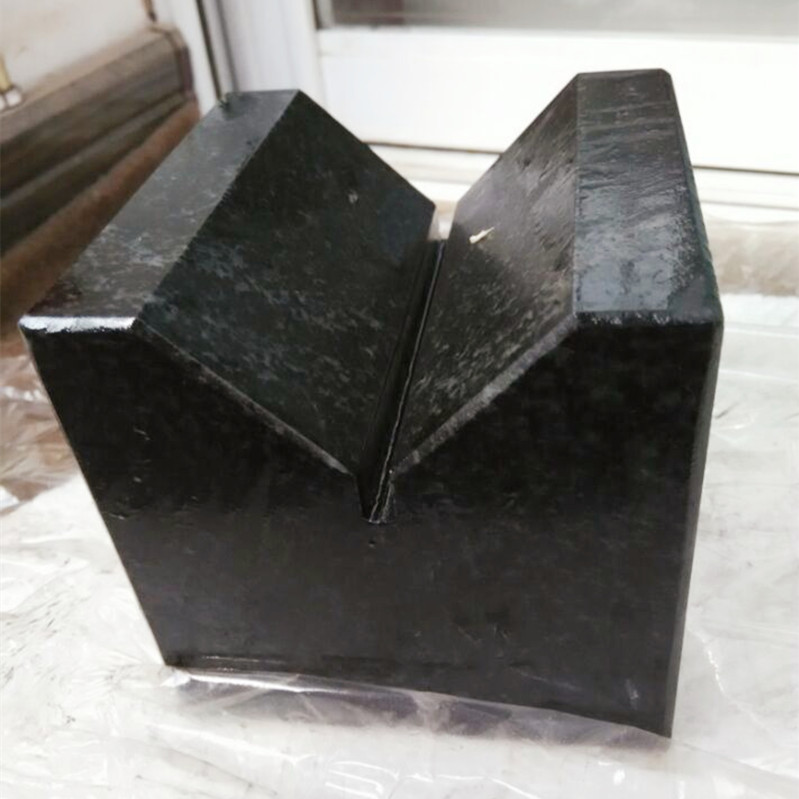डिसेंबर . 09, 2024 20:10 Back to list
Durable Cast Iron Plates for Precision Measurement in Industrial Applications
The Importance of Cast Iron Surface Plates in Precision Measurement
In the realm of manufacturing and engineering, precision measurement is crucial. One of the key tools that ensure accurate fabrication and assembly processes is the cast iron surface plate. These plates serve as flat reference surfaces for various applications, including machining, inspection, and assembly, making them indispensable in quality control and assurance.
Material and Construction
Cast iron is favored for surface plates due to its unique properties. The inherent stiffness of cast iron provides stability, which is essential for maintaining flatness over time. This stability is further enhanced by the material's ability to dampen vibrations, minimizing disturbances during measurement. The manufacturing process typically involves casting techniques that allow for the creation of large, flat surfaces with minimal warping.
One of the defining features of cast iron is its ability to undergo stress relief during production. After the initial casting, the plates are often placed in stress-relieving ovens to ensure that any residual internal stresses are eliminated. This process is crucial, as it helps maintain the integrity of the surface over time, ensuring that the plate stays flat and true.
Precision and Accuracy
The flatness of a cast iron surface plate is paramount. Typically manufactured to strict tolerances, these plates provide a stable reference for comparison. When calibrated against a standard or used with precision measuring tools such as dial gauges, micrometers, or CMMs (Coordinate Measuring Machines), they allow for incredibly accurate measurements. A slight deviation in the flatness of the surface can lead to significant errors in measurement, which is why the quality of surface plates must be meticulously maintained.
Surface plates are graded according to their accuracy, and they come in various classes, ranging from commercial-grade to high-precision grades. Higher-grade plates are usually used in specialized applications, such as aerospace or medical device manufacturing, where precision is non-negotiable.
cast iron surface plate

Maintenance and Care
To ensure longevity and maintain accuracy, cast iron surface plates require proper care and maintenance. Regular cleaning is essential to prevent the buildup of rust and dirt, which can affect the measurement quality. It is advisable to use non-abrasive cleaning agents and cloths to avoid scratching the surface.
Furthermore, surface plates should be regularly checked for flatness using appropriate measuring tools. This ensures that any warping or degradation can be addressed early on, either by resurfacing the plate or through more aggressive measures if necessary. Implementing a routine maintenance schedule can extend the life of the plate significantly.
Applications in Industry
Cast iron surface plates are utilized across various industries, including automotive, aerospace, metalworking, and electronics. In manufacturing, these plates provide a reliable base for machining operations, ensuring that components are produced accurately and consistently. In quality control, they serve as a reference point for gauging the dimensions and flatness of components, facilitating inspections and audits that guarantee product standards.
Conclusion
In summary, cast iron surface plates are crucial tools in precision measurement and quality control. Their unique properties, including stability, vibration dampening, and inherent flatness, make them ideal for a variety of industrial applications. Proper maintenance ensures their longevity and accuracy, further solidifying their place as an essential component in modern manufacturing processes. As industries continue to demand higher precision and quality, the role of cast iron surface plates will undoubtedly remain vital.
-
thread-plug-gauge-our-promise-of-measurement-excellenceNewsAug.22,2025
-
gauge-pin-class-reflecting-quality-legacyNewsAug.22,2025
-
check-valve-types-for-high-rise-buildingsNewsAug.22,2025
-
water-control-valve-for-irrigation-systemsNewsAug.22,2025
-
gate-valve-with-soft-seal-technologyNewsAug.22,2025
-
y-type-strainer-for-oil-and-gas-applicationsNewsAug.22,2025
Related PRODUCTS









